Transforming Spaces: How Acoustic Wall Panels Enhance Aesthetics and Sound Quality in Modern Interiors
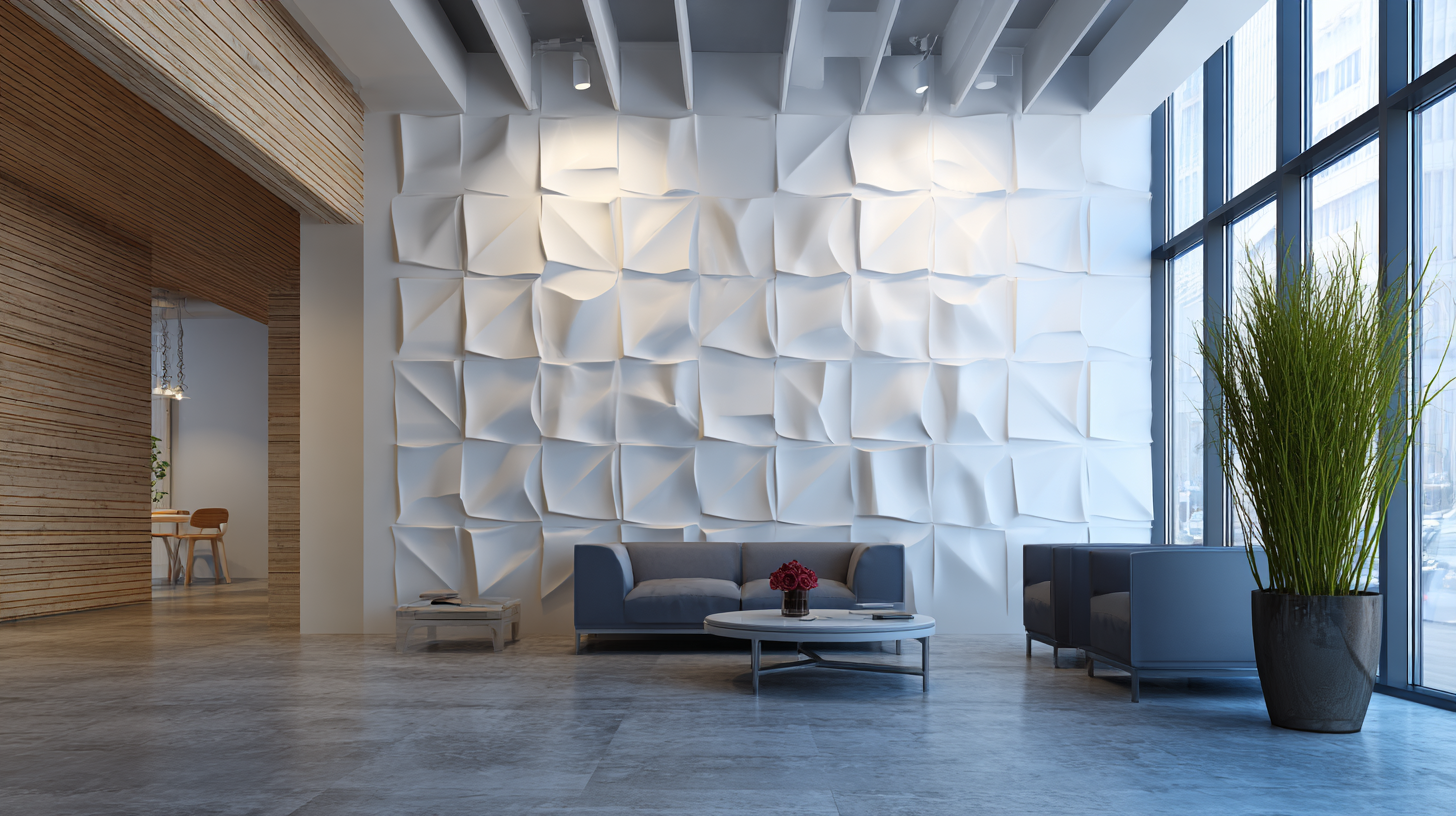 In the realm of modern interior design, the significance of aesthetics combined with functionality cannot be overstated. One of the innovative solutions gaining traction is the use of
acoustic wall panels, which not only elevate the visual appeal of a space but also enhance its sound quality. As urban environments become increasingly bustling and communal areas grow in popularity, the challenge of noise control is more pertinent than ever. Acoustic wall panels offer an elegant answer to this issue, effectively dampening echoes and background noise while adding a sophisticated touch to interior spaces.
In the realm of modern interior design, the significance of aesthetics combined with functionality cannot be overstated. One of the innovative solutions gaining traction is the use of
acoustic wall panels, which not only elevate the visual appeal of a space but also enhance its sound quality. As urban environments become increasingly bustling and communal areas grow in popularity, the challenge of noise control is more pertinent than ever. Acoustic wall panels offer an elegant answer to this issue, effectively dampening echoes and background noise while adding a sophisticated touch to interior spaces.
Beyond their practical benefits, acoustic wall panels come in a variety of designs, colors, and textures, allowing for seamless integration into any interior theme. Whether in a corporate setting, a home theater, or a vibrant café, these panels are transforming spaces into harmonious environments that foster communication and creativity. In this article, we explore the "Top 10" ways acoustic wall panels are reshaping our interiors, focusing on their dual role as aesthetic assets and sound quality enhancers. By examining their impact on both newly designed and existing spaces, we aim to highlight why acoustic wall panels are becoming a staple in modern decor.
Choosing the Right Acoustic Wall Panels for Your Space
When selecting acoustic wall panels for modern interiors, it's essential to consider factors such as material, thickness, and design. According to a report by the International Academy of Acoustics, incorporating soft materials into a space can reduce noise levels by up to 35%. This reduction not only enhances sound quality but also contributes to a more aesthetically pleasing environment. For instance, fabric-wrapped panels not only help in noise absorption but also allow for a variety of colors and textures, thus enabling designers to create visually striking interiors.
Moreover, the installation of acoustic panels can significantly improve speech intelligibility in corporate settings and communal areas. A study from the Acoustical Society of America indicates that spaces treated with acoustic panels can experience a 50% increase in clarity of spoken words. When choosing the right panels, consider the specific acoustic needs of the space—whether it’s for a home theater, office, or a restaurant. By identifying the intended use and the desired sound characteristics, you can select panels that not only bolster sound quality but also align with your design vision, marrying functionality and aesthetics seamlessly.
Understanding the Science Behind Sound Absorption in Interiors
Acoustic wall panels play a pivotal role in improving sound quality within modern interiors, leveraging the science of sound absorption to create more harmonious environments. These panels are engineered to reduce unwanted reverberation and background noise by absorbing sound waves rather than reflecting them. The material composition of these panels typically includes porous substances, like foam or fabric-wrapped fiberglass, that trap sound energy, converting it into negligible heat. This process not only enhances auditory experiences but also supports spatial designs that prioritize comfort and functionality.
Moreover, the placement and design of acoustic panels can significantly influence the overall acoustic profile of a room. For instance, strategically positioning them in areas where sound tends to bounce, such as corners or behind speakers, maximizes their effectiveness in dampening echoes and creating a more balanced sound field. As a result, environments such as offices, schools, and entertainment venues witness improved clarity of speech and music, demonstrating that acoustic panels are essential not just for aesthetics, but also for fostering optimal auditory experiences in contemporary spaces.
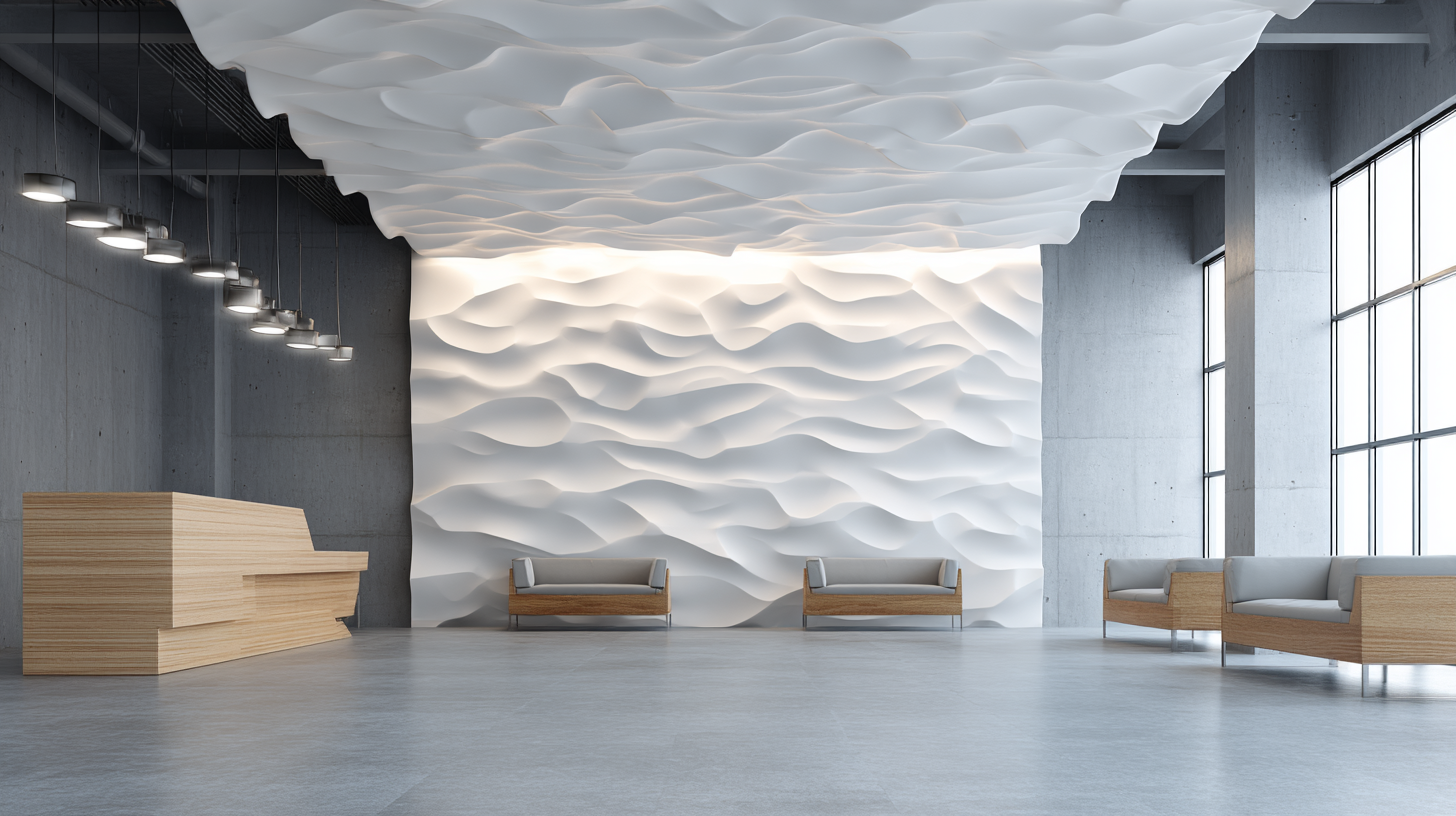
Design Considerations: Balancing Aesthetics and Functionality
In modern interior design, achieving a perfect balance between aesthetics and functionality is crucial,
and acoustic wall panels play a pivotal role in this transformation. These panels not only enhance the
visual appeal of a space with their sleek and customizable designs but also significantly improve sound
quality by reducing echo and absorbing noise. This dual functionality makes them an ideal choice for
contemporary settings, where both form and purpose are valued.
Tips:
When selecting acoustic wall panels, consider the color and texture to complement your design theme.
Opt for panels that reflect your personal style while serving their functional role. Additionally,
assess the acoustic performance ratings to ensure they meet your sound quality needs without compromising
on aesthetics.
Incorporating these elements into your interior can elevate the overall atmosphere, creating spaces
that are both inviting and functional. Beyond mere decoration, these panels can promote a sense of
well-being, making them essential for spaces like offices, homes, and communal areas where sound
dynamics play a significant role in user experience.

Installation Tips for Seamless Integration of Acoustic Panels
Acoustic wall panels are an essential element in modern interior design, offering a dual benefit of enhancing aesthetics while improving sound quality. When it comes to installation, seamless integration is key. Start by assessing the acoustics of your space; choose panels that complement your design style and color palette. Whether you opt for bold, artistic designs or subtle textures, the right choice will not only reduce noise but also enhance the overall visual appeal of the room.
For effective installation, consider the layout and function of the area. Position acoustic panels strategically around high-noise zones such as entertainment areas, conference rooms, or classrooms to optimize sound absorption. Ensure that the panels are mounted securely and align with existing decor features to create a cohesive look. With careful planning and execution, acoustic wall panels can transform your space into a comfortable and aesthetically pleasing environment where sound quality is no longer compromised.
Maintaining and Updating Your Acoustic Wall Panels for Longevity
Acoustic wall panels not only improve sound quality but also serve as significant design elements in modern interiors. To maintain their functionality and aesthetics, regular upkeep is essential. Dust and dirt can accumulate over time, diminishing their appearance and acoustic performance. Gently vacuuming or using a soft cloth can help preserve their look while ensuring they continue to absorb sound effectively.
When considering updates, it's beneficial to periodically check for signs of wear or damage. If the panels are showing noticeable signs of degradation, like discoloration or warping, it may be time for a refresh. Replacing or reupholstering them with new fabric can give your space a completely new vibe while enhancing acoustics.
Tips: Always follow the manufacturer's recommendations for cleaning products to avoid damaging the materials. Additionally, consider rotating or rearranging panels occasionally to give your space a fresh look and distribute sound absorption evenly throughout the room. Regular maintenance not only extends the life of your acoustic panels but also keeps your interior spaces looking stylish and sound-friendly.
Related Posts
-
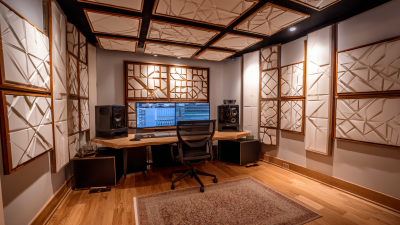
Understanding the Benefits of Sound Dampening Panels for a Quieter Home Environment
-
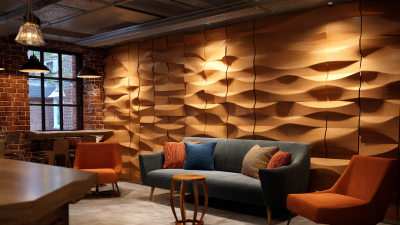
Transform Your Space with Stylish Acoustic Wall Panels: A Comprehensive Guide for UK Homeowners
-
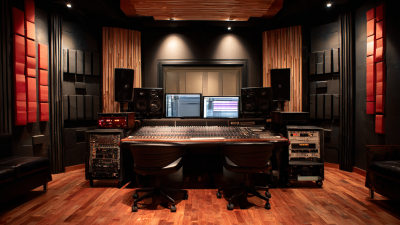
The Ultimate Guide to Using Soundproof Panels for a Quieter Home Environment
-

Discover the Science Behind Sound Proof Panels: How They Transform Your Space into a Quiet Oasis
-
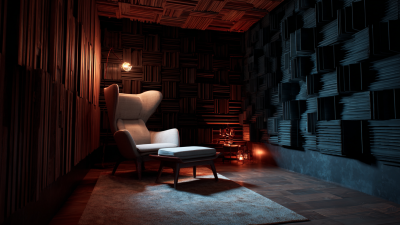
Creating Your Perfect Soundproof Room for Ultimate Peace and Quiet
-

The Ultimate Guide to Choosing the Best Soundproof Wall Panels for Your Home

